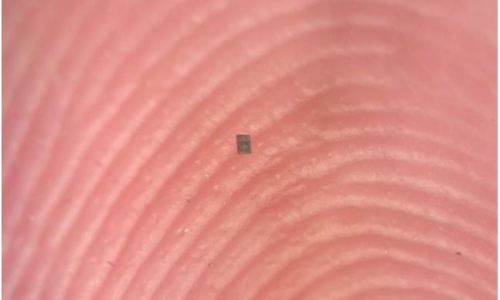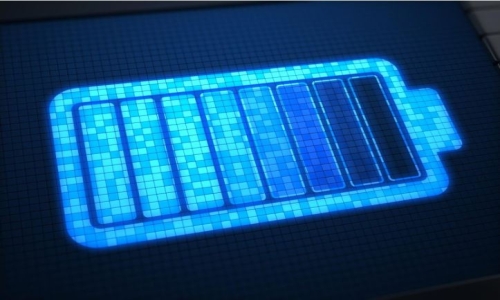


 4:59:21
4:59:21  2024-10-08
2024-10-08  1064
1064

Under the right circumstances, electrons can be freed of the rat-race commutes and high-stress traffic deep within a conductor by skirting its boundaries. There, they can turn effortless circles in a one-way, resistance-free current.
While theory describes the basic principles behind this 'edge state' flow of electrons, understanding it well enough to develop applications that might exploit its benefits has proven challenging thanks to its small, fleeting behavior.
In a new study, researchers from the Massachusetts Institute of Technology (MIT) used a cloud of ultracold sodium atoms to stand in for electrons – achieving the similar edge state effect and physics, but on a scale and duration long enough to allow them to study it in detail.
"In our setup, the same physics occurs in atoms, but over milliseconds and microns," says physicist Martin Zwierlein.
"That means that we can take images and watch the atoms crawl essentially forever along the edge of the system."
According to what's known as the Hall effect, voltages arise when a magnetic field is positioned perpendicular to a current. There's a quantum version of this effect as well, where in a flat, 2D space, electrons move in circles relative to surrounding fields.
When that 2D surface is the edge of a chunk of a class of 'topological' material, electrons ought to accumulate in precise positions and move in a quantized fashion as predicted by quantum physics. As common as the phenomenon appears to be, linking properties of the materials with speed and direction of the flow is far from straight-forward. The actions last for mere femtoseconds (quadrillionths of seconds), which makes studying them properly practically impossible.
Instead of studying electrons, this latest investigation's setup involved around a million sodium atoms, shuttled into position using lasers, and reduced to an ultracold state. The whole system was then manipulated to get the atoms to zoom around the laser trap.
This spinning, combined with other physical forces working on the atom, simulated one of the key conditions for an edge state: a magnified field. A ring of laser light was then introduced to act as the edge of a material.
As the atoms hit the ring of light, they traveled in a straight line and in a single direction along it, as happens with electrons in an edge state. Even obstacles introduced by the researchers couldn't deflect the atoms from their route.
"You can imagine these are like marbles that you've spun up really fast in a bowl, and they just keep going around and around the rim of the bowl," says Zwierlein.
"There is no friction. There is no slowing down, and no atoms leaking or scattering into the rest of the system. There is just beautiful, coherent flow."
The researchers were able to observe interactions in their system that match previous theoretical predictions for edge states, suggesting that these atoms can indeed stand in for electrons in these kinds of studies – though as this is the first time this has ever been done, it's still early days.
Phenomena such as the Quantum Hall effect are closely linked to superconductivity, and the idea of transferring electrical energy more efficiently, with no heat loss. These findings could also help with research into quantum computers and advanced sensors.
"It's a very clean realization of a very beautiful piece of physics, and we can directly demonstrate the importance and reality of this edge," says physicist Richard Fletcher, from MIT.
"A natural direction is to now introduce more obstacles and interactions into the system, where things become more unclear as to what to expect."
Reality Of Islam |
|

A tiny robo

By applying

Stanford, C

A new study
 9:3:43
9:3:43
 2018-11-05
2018-11-05
10 benefits of Marriage in Islam
 7:5:22
7:5:22
 2019-04-08
2019-04-08
benefits of reciting surat yunus, hud &
 9:45:7
9:45:7
 2018-12-24
2018-12-24
advantages & disadvantages of divorce
 11:35:12
11:35:12
 2018-06-10
2018-06-10
 6:0:51
6:0:51
 2018-10-16
2018-10-16
 5:57:34
5:57:34
 2023-03-18
2023-03-18
 9:30:2
9:30:2
 2021-11-12
2021-11-12
 1:34:8
1:34:8
 2022-02-01
2022-02-01
a hero waters thirsty wild animals
 9:4:9
9:4:9
 2022-01-06
2022-01-06
 8:30:23
8:30:23
 2022-03-03
2022-03-03
 7:45:39
7:45:39
 2018-06-21
2018-06-21
 11:11:59
11:11:59
 2023-02-01
2023-02-01
 5:41:46
5:41:46
 2023-03-18
2023-03-18
| LATEST |